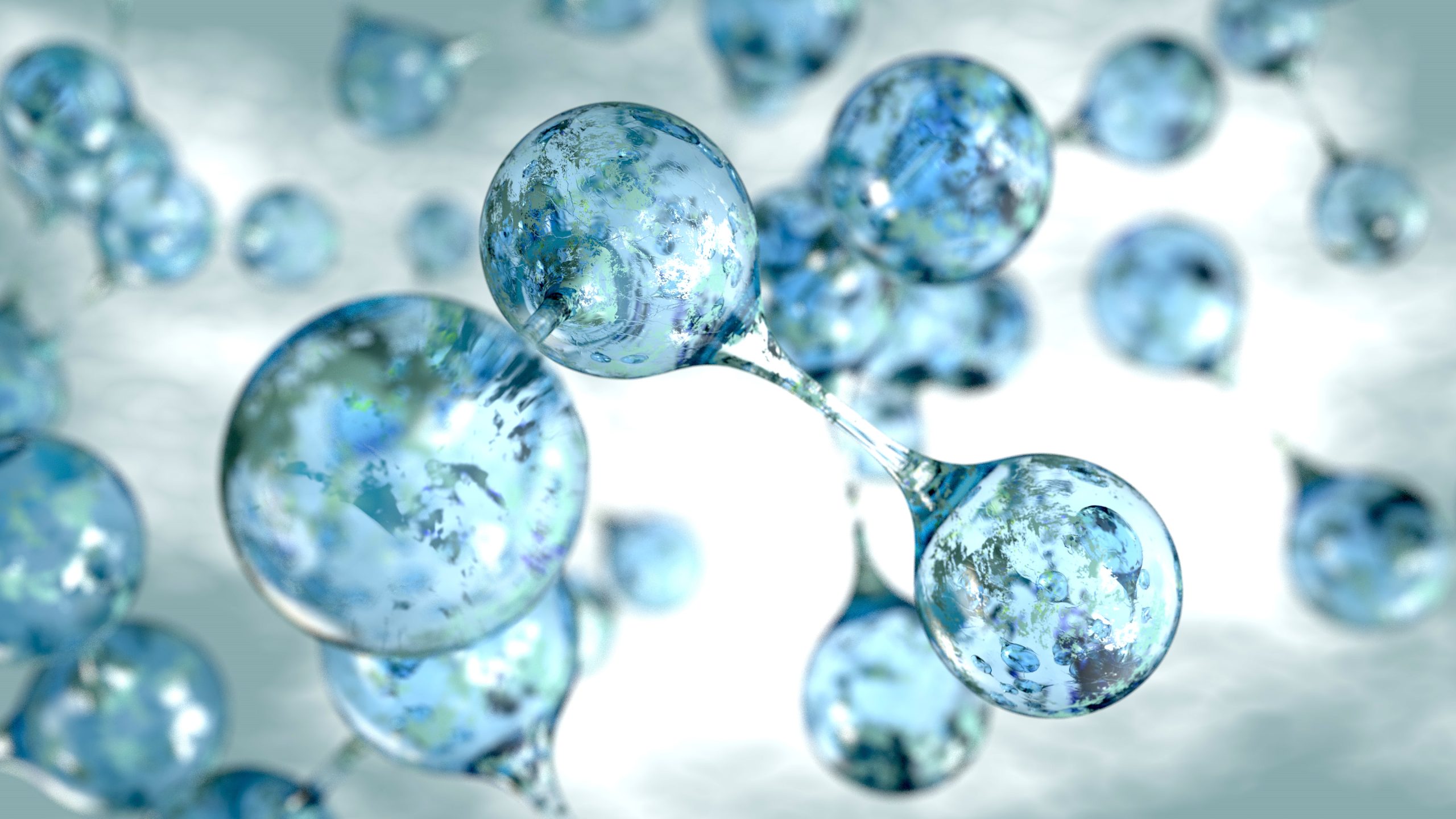Dräger Highlights Hydrogen Safety and Mitigation Measures

The Green Hydrogen Coalition emphasises that hydrogen safety should not hinder its adoption and highlights the need for thorough risk assessments and appropriate safety measures across the value chain.
Hydrogen, a promising clean energy source, does not introduce significant new risks compared to conventional fuels but presents unique challenges.
Hydrogen poses no new major risks in implementing comprehensive safety measures. Advanced gas detection systems are crucial to handle its explosive potential, invisible flames, and material embrittlement. Proper planning and maintenance are vital for safely adopting hydrogen in the energy transition.
GHC underscores that hydrogen when mixed with oxygen, can become explosive within a volumetric concentration range of 4-77% in air.
Additionally, hydrogen’s invisible flame in daylight necessitates specialised flame detection technology. The document also points out hydrogen’s low density, which can lead to leaks, permeation, and material embrittlement, as well as the need for carbon monoxide sensor sensitivity adjustments.
Despite these risks, GHC asserts that all hazards can be mitigated through careful planning and implementing robust safety systems.
The company stresses the importance of individual risk assessments for organisations before embarking on hydrogen projects. Gas detection systems are effective only when complemented by thorough planning, proper sensor placement, and staff training.
The GHC also highlights the rigorous regulatory frameworks governing hydrogen use, including sensor installation, tank emptying protocols, and explosion protection requirements.
Dräger has established a global network of system centres with specialists in planning, assembly, and commissioning to support customers in deploying hydrogen safely and with the right safeguards, smart technologies, and best practices, hydrogen can become as routine and integral to daily life as current fossil fuels, the whitepaper concludes.

